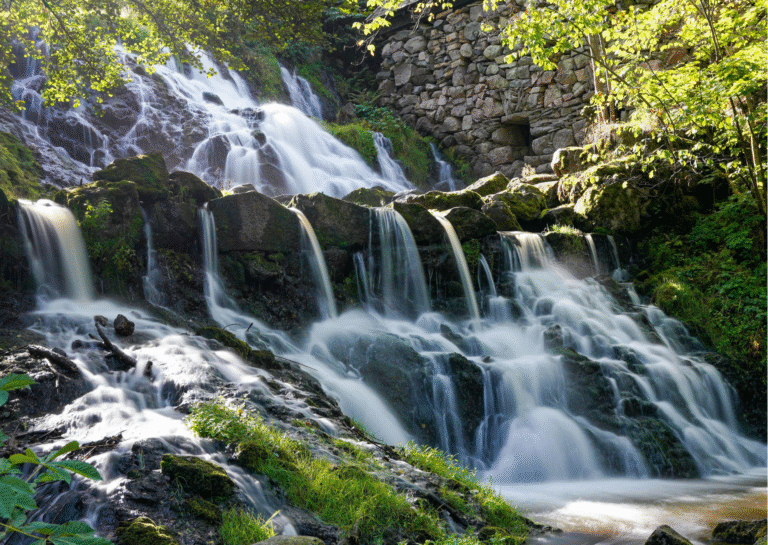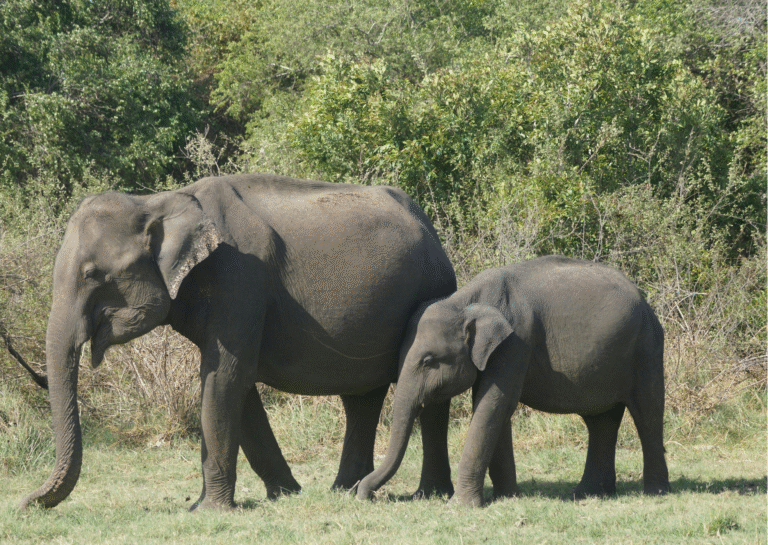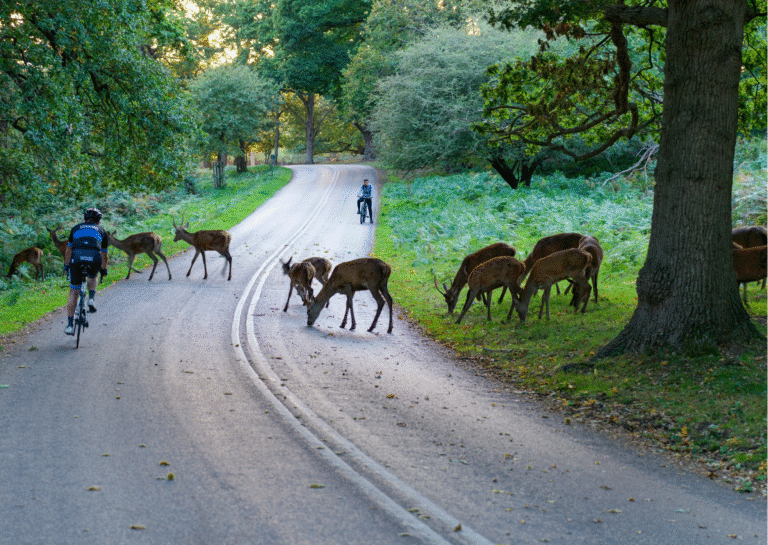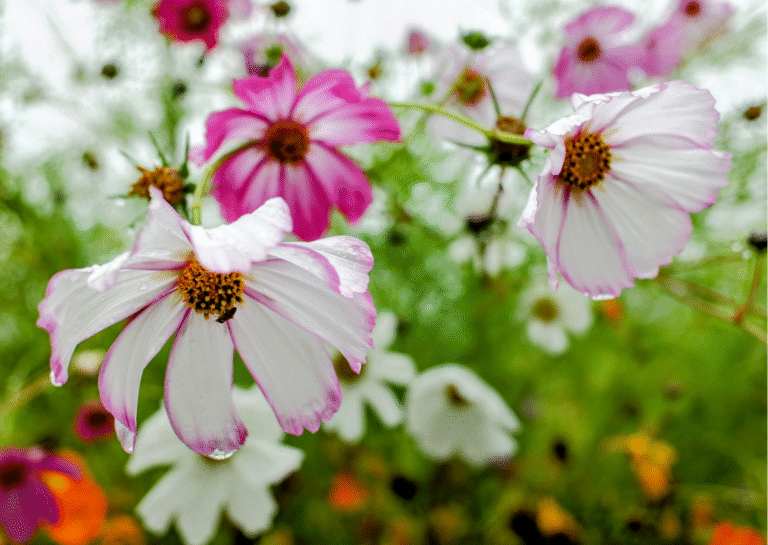New Year’s Eve is one of the most universally celebrated holidays, marked by fireworks, countdowns, and resolutions. Yet, while the concept of ringing in the new year is global, the traditions that accompany it vary wildly from culture to culture. From fiery rituals to symbolic foods, different societies have unique ways of bidding farewell to …
New Year’s Eve Beyond Midnight: How Different Cultures Welcome January 1st

New Year’s Eve is one of the most universally celebrated holidays, marked by fireworks, countdowns, and resolutions. Yet, while the concept of ringing in the new year is global, the traditions that accompany it vary wildly from culture to culture. From fiery rituals to symbolic foods, different societies have unique ways of bidding farewell to the past and embracing the future.
1. Spain: The Twelve Grapes of Luck
In Spain and many Latin American countries, the stroke of midnight comes with a delicious tradition: eating 12 grapes, one for each chime of the clock. Each grape symbolizes good luck for every month of the coming year. Spaniards believe that failing to finish all twelve grapes in time brings misfortune. This custom, known as Las Doce Uvas de la Suerte, dates back to the early 20th century and remains a beloved ritual.
2. Denmark: Smashing Plates & Jumping Off Chairs
The Danes take New Year’s Eve by storm—literally. A quirky tradition involves throwing broken dishes at friends’ and neighbors’ doors, a sign of goodwill meant to bring good fortune. Another fun ritual is jumping off chairs at midnight, symbolizing “leaping” into the new year with enthusiasm.
3. Japan: Temple Bells & Lucky Noodles
In Japan, New Year’s (Shōgatsu) is a time for spiritual cleansing. Buddhist temples ring their bells 108 times at midnight, symbolizing the release of human desires and sins. Families feast on toshikoshi soba, buckwheat noodles representing longevity, while others visit shrines for Hatsumode—the first prayer of the year.
4. Scotland: First-Footing & Fire Festivals
The Scots celebrate Hogmanay with one of the world’s most vibrant New Year’s traditions. A key custom is first-footing, where the first person to enter a home after midnight brings symbolic gifts (like coal for warmth and shortbread for prosperity). Cities like Edinburgh host fire festivals, with torchlight processions to ward off evil spirits.
5. Brazil: White Attire & Ocean Offerings
In Brazil, particularly in Rio de Janeiro, millions dress in white—a symbol of peace and renewal—and flock to beaches to honor Iemanjá, the goddess of the sea. People release flowers and small boats into the ocean as offerings for blessings in the coming year. Fireworks over Copacabana Beach make for one of the most spectacular celebrations in the world.
6. Greece: Onion & Pomegranate Rituals
Greeks hang onions on their doors as a symbol of growth and fertility. At midnight, families break a pomegranate on the ground—the scattered seeds representing abundance and prosperity. The more seeds that splatter, the luckier the year ahead.
7. South Africa: Throwing Out the Old
In Johannesburg and Cape Town, some communities throw old furniture and appliances out of their windows at midnight, symbolizing a fresh start (though safety measures now curb extreme versions of this practice!). It’s a dramatic way to say goodbye to the past.
8. Philippines: Round Fruits & Noisy Celebrations
Filipinos believe that round shapes attract prosperity, so they fill their tables with 12 round fruits (like grapes, oranges, and melons) for good fortune. At midnight, firecrackers, car honking, and loud noises fill the streets—an ancient tradition meant to scare away evil spirits.
Conclusion: A Tapestry of Traditions
While the world unites on December 31st in celebration, the ways people welcome January 1st reflect deep cultural values—whether through food, fire, or faith. These traditions remind us that while time is universal, our ways of marking it are beautifully diverse.
How do you celebrate New Year’s Eve? Share your traditions in the comments! 🎆








